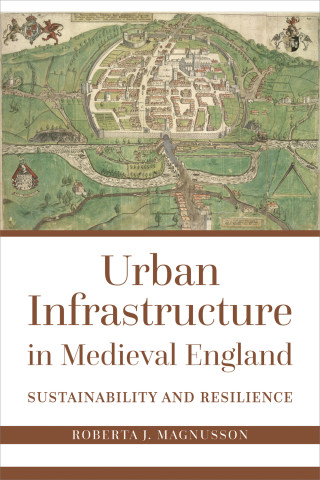
Reviews
Having just lived among the funeral directors and the nuns, I drank these words like a tonic.
Lampros's meticulous research never presents as dry but rather invigorates America's way of life (and death) via the previously overlooked institution of the funeral home as "American funeral directors truly were—and in many ways still are—the unsung heroes of historic preservation."
Drawing on previously unexamined sources, Preserved offers startling insights on the history of American deathcare, city planning, and adapted Victorian mansions. A compelling analysis of ubiquitous but under-scrutinized buildings, this meticulously researched American studies volume will appeal to students, preservationists, scholars, and the general public.
Hiding in plain sight, the mansion adaptively used as a funeral home is a building typology that has been overlooked and understudied. With a sense of seriousness and a touch of humor, Dean Lampros studies these buildings to explain their role within the funeral industry, the historic preservation movement, and racial integration.
Book Details
Acknowledgments
Introduction: The Other Preservation
Part One: Shifting Spaces
1. Death Downtown: The Landscape of Deathcare before the Residential Funeral Home
2. A New Departure: From Downtown to
Acknowledgments
Introduction: The Other Preservation
Part One: Shifting Spaces
1. Death Downtown: The Landscape of Deathcare before the Residential Funeral Home
2. A New Departure: From Downtown to Residential Neighborhood
Part Two: Contested Landscapes
3. A Constant Reminder of Death: The Funeral Home as a Nuisance
4. A Higher Plane: The Funeral Home as a Symbolic Space
Part Three: A Delicate Balance
5. Luxurious Simplicity: The Funeral Home as a Retail Space
6. From Home Funeral to Funeral Home: The Funeral Home as a Ritual Space
Conclusion: Build Me No Stately Mansions
Notes
Bibliography
Index






